SA 8000 certification
Get Free Consultation
About SA 8000:
SA 8000 is a global standard that promotes ethical and responsible social accountability that is that the workplace. Sustainability International (SAI) has its own principles for this, covering and protecting labor rights while in the workplace. It can be used by companies worldwide who are encouraged to use it to demonstrate their concern with social responsibility and compliance with the law.
Certified in SA 8000, companies can show their commitment to ethical business practices, therefore, are respectful of employees and have a happy community. It allows the companies to bring out their Corporate Social Responsibility (CSR) programs to the forefront and in turn to gain a better position in the global market.
Key Elements of the SA8000 Standard:
SA8000 is based on several key elements that guide organizations in implementing socially responsible practices in the workplace. These elements include:
- Child Labor: Meet the requirement of prohibiting the use of child labor through specific guidelines and corporate policies related to legal working age requirements locally and internationally.
- Forced Labor: Forced labor will be abolished and the employee will have full liberty to exercise the right to terminate the contract if the employee serves the employer notice of termination.
- Health and Safety: Proper care of a work area that is hazard-free and the promotion of workers’ health due to health and safety education and use of proper equipment.
- Freedom of Association and Right to Collective Bargaining: Allowing workers to form and join trade unions or other associations and to engage in collective bargaining without fear of retaliation.
- Discrimination: Promoting equality by preventing discrimination based on race, gender, religion, nationality, disability, or other factors.
- Disciplinary Practices: Prohibiting corporal punishment, mental or physical coercion, and other forms of abusive treatment of workers.
- Working Hours: Complying with local laws regarding working hours, overtime, and rest periods, ensuring workers have adequate time for personal life and rest.
- Compensation: Ensuring that workers receive fair wages and benefits, at least meeting the minimum legal requirements, and providing a living wage that covers basic needs.
- Management Systems: Implementing management systems and continuous improvements to ensure ongoing compliance with SA8000 requirements and effective monitoring of workplace conditions.
These elements together help organizations foster a more ethical, responsible, and sustainable work environment.
How to Get SA 8000 certification
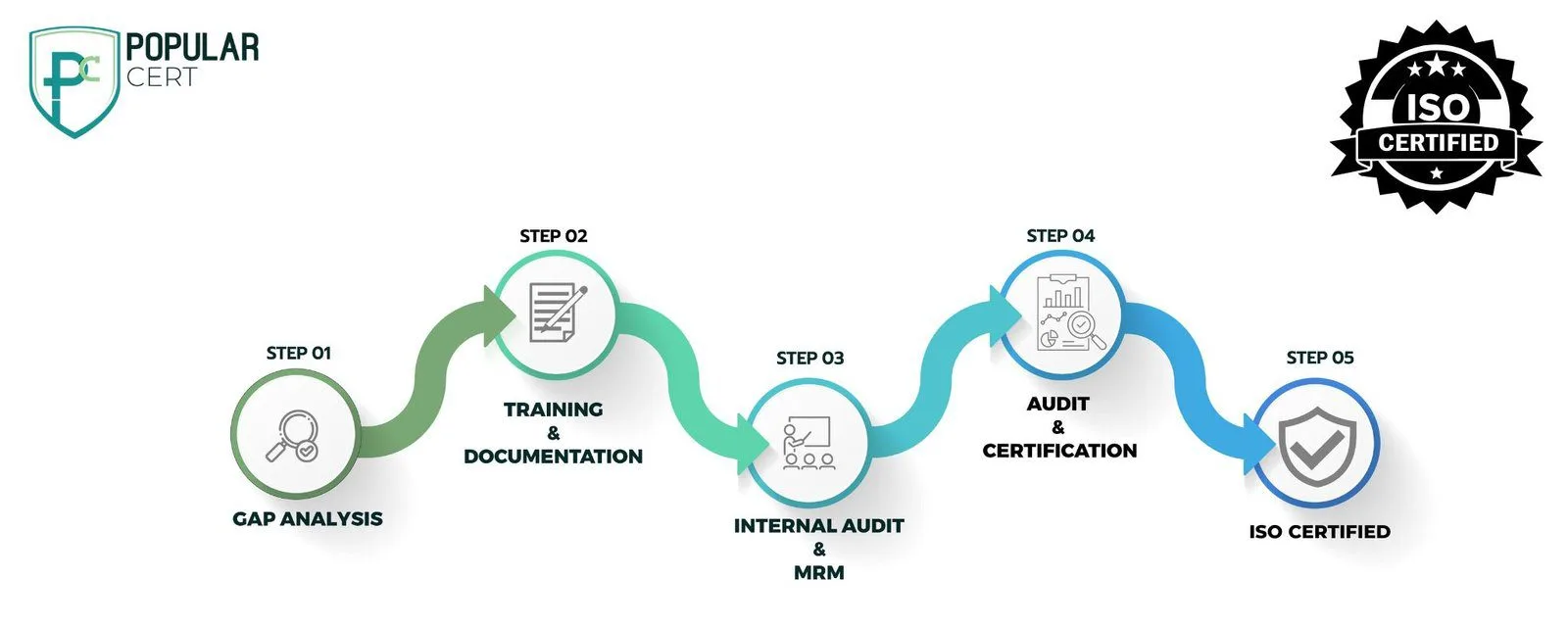
Process of SA 8000 Certification:
Preparation and Gap Analysis
Conducting a thorough internal assessment is the initial procedure for which SA8000 compliance must be established. This involves the review of child labor policies, health and safety precautions, wages as well as the rights of employees. Analysis of the gap in specific areas helps the organization in identifying solutions that are to be found.
Implementation of Corrective Actions
The measures that the company takes on the gap analysis results include the designing and implementation of measures to guide its procedures towards the SA8000 standards. These could be the changes in policies, the workplace safety improvement, the employee's rights on the floor of the sweatshop that can give rise to a mechanism to complain, or the reformation of the labor contracts.
Training and Awareness
The principles of SA8000 and the necessary differences are the most important things that employees, management, and the relevant stakeholders have to be trained on. This process also guarantees that everyone knows what they should be doing in order to fulfill the social accountability criteria and it brings up a culture of compliance within the organization.
Internal Audit
To determine if the corrective actions and policies are thoroughly enough implemented, management should perform an internal audit. This step makes it clear whether there are gaps or areas where laws are violated before the external audit.
External Audit and Certification
An external audit is held to confirm compliance with the SA8000 standards by the certified body of an accredited certification body. Where the conditions are met, the organization receives the SA8000 certificate, which requires sustained monitoring and improvement.
Benefits of SA8000:
- For Employers:
- Enhanced reputation: By identifying themselves as a socially responsible company a business builds trust.
- Employee satisfaction: It boosts morale if all employees are fairly treated.
- Legal compliance: This reduces the chance of legal disputes with staff.
- Customer loyalty: It brings in ethical consumers.
- Market differentiation: The company creates a competitive advantage.
- For Workers:
- Fair wages: Ensures employees get no less than the minimum necessary income.
- Safe working conditions: Improve and protect the health and non-risky place for the employee.
- Job security: Prevents forced labor (including of children)
- Rights to association: Includes the right to form unions and bargain collectively.
- Anti-discrimination: Supports various, overall means respect to individual differences and inclusivity in the workforce.
- For Brands and Retailers:
- Improved brand image: Demonstrates commitment to ethical sourcing and social responsibility.
- Consumer trust: Builds loyalty by showing concern for workers’ rights.
- Risk mitigation: Reduces the likelihood of labor violations and scandals.
- Supplier compliance: Ensures ethical practices across the supply chain.
- Market differentiation: Sets the brand apart in a competitive market.
Types Of Certification
- ISO Certification
- ISO 9001 Certification
- ISO 14001 Certification
- ISO 45001 Certification
- ISO 22000 Certification
- ISO 27001 Certification
- ISO 17025 Certification
- ISO 13485 Certification
- ISO 20000-1 Certification
- ISO 22301 Certification
- ISO 50001 Certification
- ISO 37001 Certification
- IATF 16949 Certification
- ISO 29001 Certification
- ISO 31000 Certification
- ISO 20121 Certification
- ISO 10002 Certification
- ISO 41001 Certification
- CE Mark Certification
- Halal Certification
- BIFMA Certification
- RoHS Certification
- HACCP Certification
- GMP Certification
- Organic Certification
- AS9100 Certification
- TL 9000 certification
- SA 8000 certification
- SoC Certification
- GDPR Certification
- HIPAA certification
Get Free Consultation
Our Clients


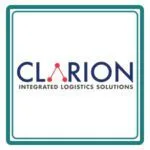
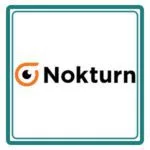


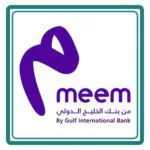
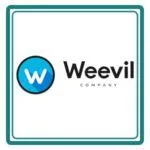



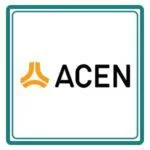
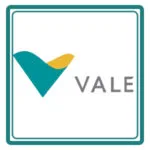

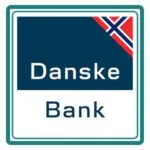



SA 8000 Internal Audit Checklist
Cost of SA 8000 Certification
SA8000 certification costs are different in that it is linked to all things like business size, complexity of operations, number of employees, and where it is located. The most part of that is made up of gap analysis, training, internal audits, and the external audit by a certification body fees. These bodies will give you the exact quote if you talk with them about your particular needs.
Why choose PopularCert for SA 8000 Certification
The choice of PopularCert for SA8000 certification is accompanied by several benefits. We have an extensive history in the ISO and social accountability certification arena, which enables us to design customized solutions for you to comply with the SA8000 standards without any hassle. Professional consultants walk you through the certification journey, which consists of gap analysis, training, and audits. We put your company’s special needs first, so we make sure of the most efficient and effective implementation. The alliance with PopularCert enables you to feel confident and help your brand grow by ensuring your job environment promotes integrity and is enjoyable.
GET A FREE CONSULTATION NOW
FAQ
How does SA 8000 certification help businesses to grow?
SA8000 certification provides growth opportunities for businesses that increase their reputation, attract ethical consumers, satisfy employees, ensure labor law compliance, and stand out from the competition in the international market
What is the validity for SA8000 certification?
SA8000 certification is usually given for a three-year period. Within this duration, enterprises must pass through surveillance audits each year to remain legally bound and their deposit continues to be valid.
Which type of organizations must implement SA8000 certification?
SA8000 certification is the application of the standard to organizations of all sizes and all sectors of operation, including manufacturing, retail, and service. It is very significant for companies whose supply chains have been ethical in relation to labor practices.
